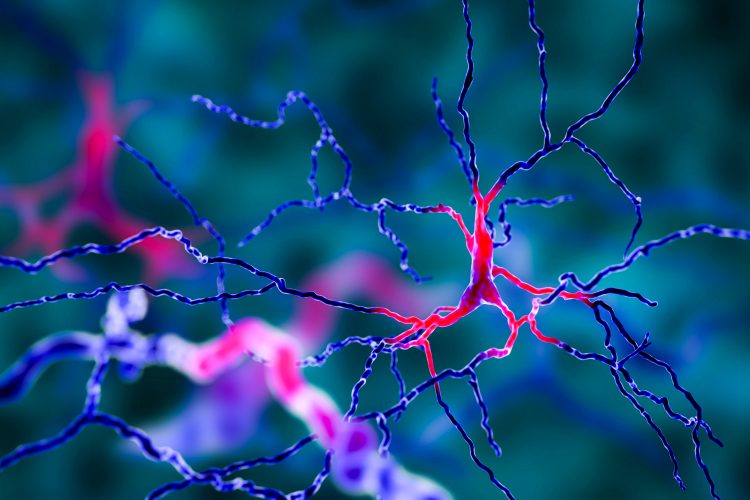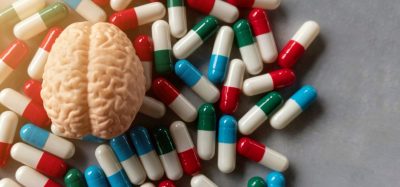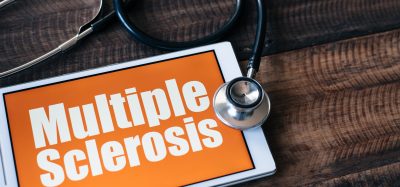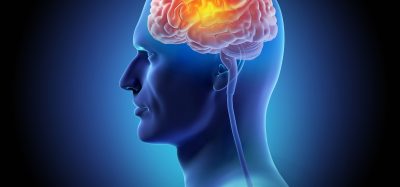How a dynein subunit maintains neuronal health
Posted: 9 November 2023 | Ellen Capon (Drug Target Review) | No comments yet
Understanding how a molecular transport system inside neurons works could be used for therapeutic approaches to neurodegenerative disease.


A team of neurobiologists at The Molecular Neuroscience Unit at the Okinawa Institute of Science and Technology (OIST) has made a significant breakthrough by connecting sensory neurons’ survival and pathology with the way messenger RNAs (mRNAs) are transported inside these cells.
Dr Terenzio, who leads OIST’s Molecular Neuroscience Unit, said: “Neurons have perhaps the most extreme morphology among cells, as they can vary in shape and extend over long distances in large mammals. For example, neurons that innervate a person’s leg can be more than a metre long: they may have their nucleus near the spinal cord but sense a tickling sensation in the feet or pain in the big toe.”
Cellular network
Neurons have long protrusions, named axons, within which molecules like proteins, RNA, and organelles travel. There are two distinct types of axons which occur in the peripheral and central nervous system (PNS and CNS): unmyelinated and myelinated axons, the latter being covered by a myelin sheath originating from Schwann cells in the PNS or oligodendrocytes in the CNS.1 This transportation of molecules from the centre of the cell to the periphery and vice versa, forms a cellular network, much like highways and trucks. The most important “trucks” responsible for moving “cargoes” from the peripheral tips of neurons to their centre, are part of a large complex of proteins called dynein. Malfunctions in this network can lead to several types of neuropathologies.
Dynein, a large and complex protein, is composed of several subunits which are classed by size. Dr Terenzio explained: “We have studied a part of the dynein complex called Dynein Roadblock 1, or Dynlrb1 for short. In previous experiments, we demonstrated that this dynein subunit is clearly essential for the survival of neurons, but we had to figure out how it works.”
The researchers tested the idea that if dynein is a truck that moves cargo inside the neurons, Dynlrb1 could be imagined as affecting the ability of the “dynein truck” to move a cargo. To do this, the OIST team observed the proteins that interact with this dynein subunit.
Studying proteins
PhD student Sara Emad El-Agamy focused on the fragile X messenger ribonucleoprotein 1 (FMRP). FMRP is well-known in the neurobiology field because it is related to a neurodevelopmental disorder, fragile X syndrome, and a neurodegenerative disease, fragile X-associated tremor/ataxia syndrome.
Dr Terenzio detailed: “Discovering that FMRP is part of the dynein cargo is particularly interesting. FMRP granules are composed of two types of molecules: proteins and messenger RNA (mRNA). mRNA are the template used by ribosomes to make proteins. Since I am really interested in the RNA biology of axons, I did not want to miss the opportunity to delve deeper into this topic.”
Axons were previously thought to lack RNA and protein synthesis machinery, with most of these processes believed to occur exclusively near the nuclei of neurons. However, relatively recent research has shown that axons do contain various RNA molecules. Synthesising proteins in the centre of the cell and then moving all of these to the tips of the neurons would be a large investment of energy for the long neurons. Therefore, neurons transfer mRNA instead of proteins. Dr Terenzio noted: “A single mRNA can serve as a template to produce several proteins. By transporting mRNA instead of the final proteins, cells can conserve a substantial amount of energy, at least in theory.”
“By transporting mRNA instead of the final proteins, cells can conserve a substantial amount of energy, at least in theory.”
El-Agamy also discovered that FMRP is trafficked from the periphery to the centre. “These are typically believed to be trafficked from the centre of the cell to the periphery. The fact that we showed that they are transported in the opposite direction was very surprising to us. This is a phenomenon that has just started to be described in the field and I believe it will be important in the future,” said Dr Terenzio.
Removal of Dynlbr1
The scientists also found that the removal of Dynlrb1 causes FMRP to stop and accumulate in the cell bodies and axons of the sensory neurons. mRNA bound to FMRP gets trapped and cannot undergo translation into proteins, so they hypothesise that Dynlrb1 has a crucial part in neuronal health. Damages to Dynlrb1 could obstruct the production of essential proteins, risking neuron survival.
Dr Terenzio concluded: “Our next research question is to understand which proteins cannot be produced when Dynlrb1 is malfunctioning or absent. The data we acquired will help in understanding what supports neuronal survival and as an extension neuronal death. This could be leveraged to find new therapeutic approaches for neurodegenerative diseases.”
This study was published in Molecular & Cellular Proteomics.
References
1 Alcaraz G, Campanac E, Carlier E, et al. Axon Physiology. Physiological Reviews [Internet] 2011 April 1 [2023 November 9]; 91(2):555-602. Available from: https://journals.physiology.org/doi/full/10.1152/physrev.00048.2009
Related topics
Neurosciences, Protein
Related conditions
Fragile X Syndrome, Fragile X-associated tremor/ataxia syndrome
Related organisations
Okinawa Institute of Science and Technology (OIST)
Related people
Dr Terenzio (OIST), Sara Emad El-Agamy (OIST)








